
How to toilet train a springer spaniel puppy?
When a fluffy springer spaniel puppy stumbles into the house on unsteady little paws, it brings not only endless joy but also growth tasks that require patient guidance.
The dog that was originally gentle and well-behaved suddenly has its fur stand on end, bares its teeth, makes a low growling sound, and even rushes forward to try to attack when it meets other dogs. Such a scene catches every owner off guard. Looking at the ferocity and unfamiliarity in the dog's eyes, a surge of confusion and worry wells up instantly: Why has the furry baby that used to be affectionate and playful suddenly become so aggressive? Dogs can't express their inner thoughts in words, and behind this aggressive behavior often hide complex emotions and needs. Only by understanding these reasons and guiding them in a scientific and loving way can we help dogs resolve their hostility, learn to get along friendly with other dogs again, and safeguard their physical and mental health.
The sudden aggressive behavior of a dog towards other dogs may stem from fear and unease. Although dogs are social animals, each dog has a different level of acceptance of unfamiliar things. When facing other dogs that are larger in size, more imposing, or overly enthusiastic and quick in their actions, some dogs will feel threatened and develop a sense of fear. This fear will trigger their defense mechanism, and they will protect themselves through aggressive behavior. For example, a small dog may preemptively attack when it is approached by a large dog out of fear. Just as humans will instinctively protect themselves when they are extremely scared, a dog's aggressive behavior is also its attempt to dispel the unease in its heart, but this way may harm other dogs and damage social relationships. In addition, some dogs that have been bullied or frightened by other dogs will also show aggression when they encounter similar situations again due to post-traumatic stress disorder. They use this way to avoid being hurt again.
Territorial awareness is also a key reason for a dog's aggressive behavior. Dogs have a strong possessive desire for the territory they recognize, such as the yard at home, the corner of the park they often go to, etc. When other dogs enter their territorial range, they will regard them as intruders and then launch an attack. This is just like when humans feel unhappy and vigilant when their private space is invaded. Dogs declare their territorial sovereignty and maintain their "territory" through aggressive behavior. Moreover, a dog's territorial range is not fixed. When going out for a walk, they may also include the walking route and the area where they stay in their "territory". Once other dogs enter, it may trigger aggressive behavior.
To prevent a dog from attacking other dogs, the first thing is to deeply understand the specific reasons behind the dog's aggressive behavior so that we can "prescribe the right medicine for the illness". When a dog attacks out of fear, the owner needs to give it enough security. When encountering other dogs, don't forcefully pull the dog closer. Instead, let them keep a certain distance first and observe the dog's reaction. If the dog shows tension, the owner can soothe it in a gentle tone and gently stroke it to let it know that the owner is there to protect it. At the same time, gradually let the dog come into contact with the dogs that scare it. Start by observing from a distance and give rewards, such as delicious snacks and praise, after each contact, so that the dog can gradually overcome its fear. For example, let the dog watch other dogs playing from a relatively far distance. When it behaves calmly, give rewards in a timely manner, and then slowly shorten the distance and repeat this process to help the dog establish a positive perception of other dogs.
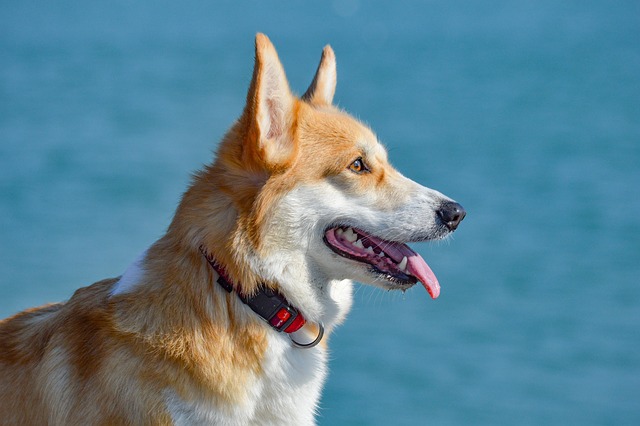
For aggressive behavior triggered by resource protection, the owner needs to establish correct rules and order. In daily life, teach the dog to learn to share resources. When feeding, ask the dog to sit and wait first, and give the food only after confirming that they are quiet and obedient, so as to cultivate their patience and obedience to the owner. For toys, the owner can regularly play an exchange game with the dog, exchanging toys with snacks, so that the dog understands that the owner has the right to dispose of these items, and at the same time, it can reduce their excessive possessive desire for resources. When the dog shows friendly and sharing behavior in the face of resources, give rewards and praise in a timely manner to reinforce this correct behavior; when there is a tendency to attack, stop it in a serious tone and temporarily take away the resources, so that the dog understands that aggressive behavior will lead to the loss of resources.
If a dog attacks other dogs because of territorial awareness, the owner needs to help it clarify the territorial boundaries. In the yard at home or the area it often goes to, the dog can be trained to know which places are the "territory" and which places it can move freely. When other dogs approach the territory, the owner should guide the dog to leave in advance to avoid conflicts. At the same time, increase the dog's opportunities for socializing when going out, let it get used to getting along with other dogs outside the territorial range, and gradually 淡化 its excessive territorial awareness. When the dog goes out, use a leash to control it, which can not only ensure safety but also stop the dog in time when it shows a tendency to attack.
For dogs with insufficient social skills, special social training is needed. A gentle and friendly dog can be selected as a "social partner" and let them have progressive contacts. At the beginning, let the two dogs observe and sniff each other from a relatively far distance. The owner should pay close attention. When the dogs behave well, give rewards. As the dogs gradually get used to it, slowly increase the contact time and the degree of interaction. During the social process, the owner should teach the dog to correctly interpret the social signals of other dogs, such as wagging the tail may be a sign of friendliness, and flattening the ears may mean being nervous, etc. Through multiple and continuous social training, help the dog improve its social skills and learn to get along harmoniously with other dogs.
Preventing a dog from attacking other dogs is a process that requires patience and time. During this process, the owner should not punish the dog because of its aggressive behavior, because punishment not only fails to solve the problem but may also increase the dog's fear and unease, leading to an intensification of the aggressive behavior. Every guidance and training reflects the owner's deep love and responsibility for the dog. One day, when we see that the dog can play friendly with other dogs and accompany each other, all the efforts will turn into full-hearted relief and joy. May every dog, under the care and teaching of the owner, step out of the shadow of aggression and embrace a social life full of warmth and friendship.

When a fluffy springer spaniel puppy stumbles into the house on unsteady little paws, it brings not only endless joy but also growth tasks that require patient guidance.
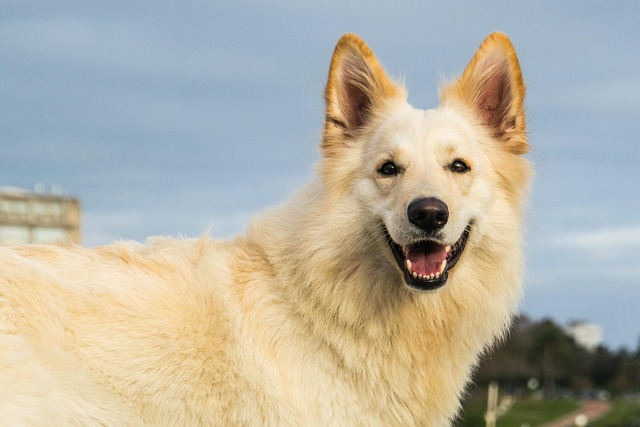
When we take our dogs for a walk or when there are guests at home, we sincerely hope that our dogs can sit still and show their well-behaved side.
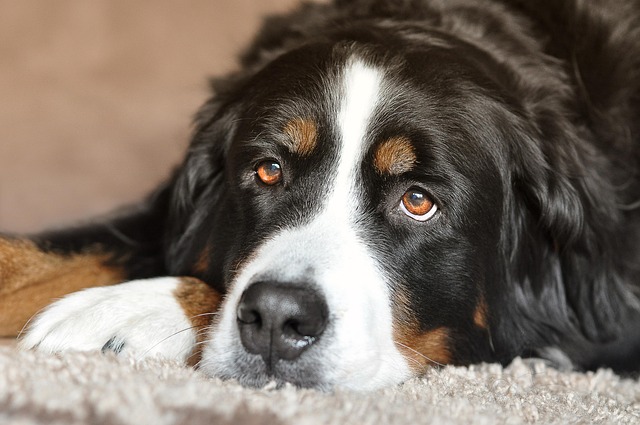
Walking a dog should be a wonderful time shared between the owner and the beloved pet. However, when the dog suddenly exerts force and drags the leash wildly, the comfort is instantly replaced by tension.
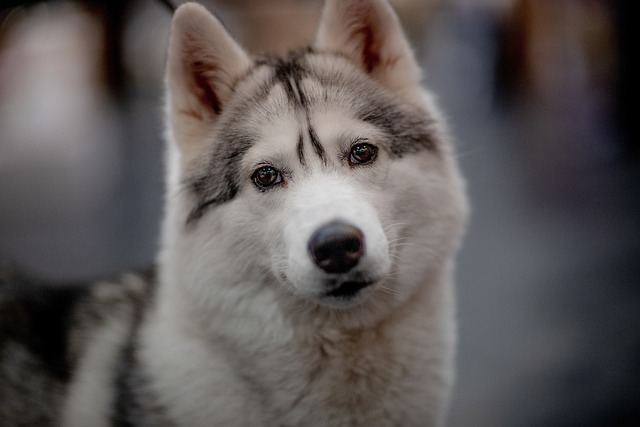
When the fluffy little puppy comes to our home, its innocent and lovely appearance instantly captures our hearts.
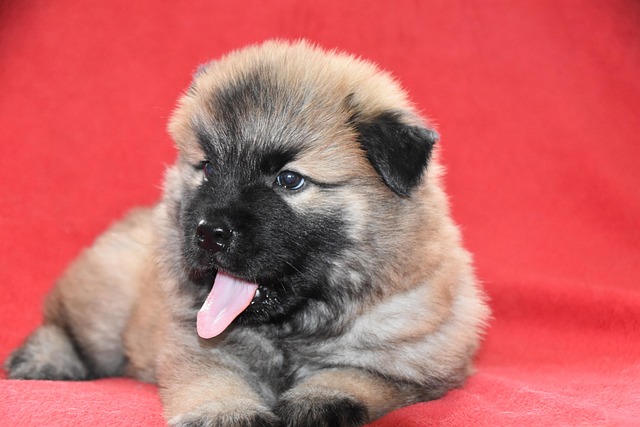
In the late night, when the whole world is immersed in tranquility, the dog at home suddenly starts barking incessantly. The sharp barking breaks through the silence,
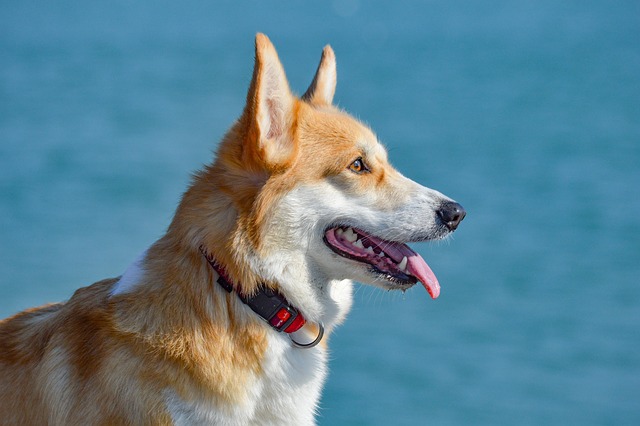
In the quiet afternoon or in the dead of night, the Siberian Husky at home suddenly starts barking loudly without any warning,